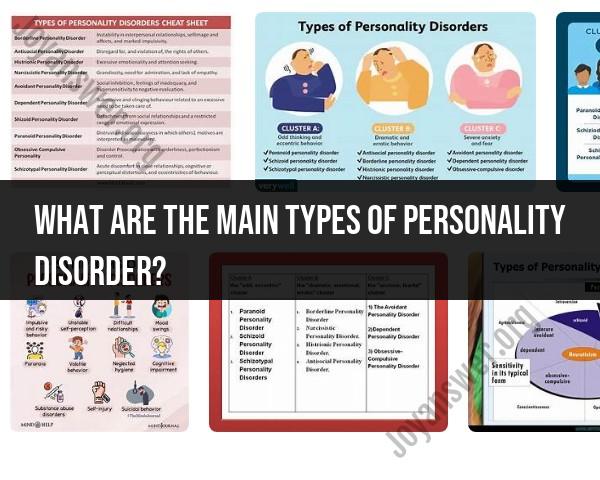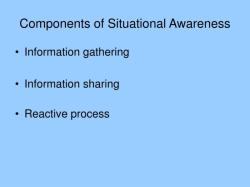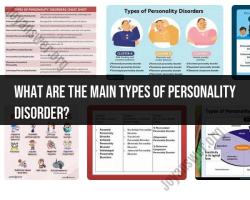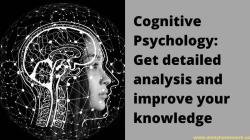What are the main types of personality disorder?
Personality disorders are a group of mental health conditions characterized by enduring patterns of behavior, cognition, and inner experience that deviate significantly from the expectations of the individual's culture. The Diagnostic and Statistical Manual of Mental Disorders (DSM-5), published by the American Psychiatric Association, identifies several major types of personality disorders. Here are the three clusters and specific personality disorders within each cluster:
Cluster A: Odd or Eccentric Behavior
Paranoid Personality Disorder (PPD):
- Features: Distrust and suspicion of others, interpreting motives as malevolent. Often reluctant to confide in others.
Schizoid Personality Disorder (SPD):
- Features: Detachment from social relationships, limited emotional expression, and a preference for solitary activities.
Schizotypal Personality Disorder (STPD):
- Features: Eccentric behavior, discomfort in social relationships, cognitive and perceptual distortions, and peculiar thinking.
Cluster B: Dramatic, Emotional, or Erratic Behavior
Antisocial Personality Disorder (ASPD):
- Features: Disregard for the rights of others, persistent violation of societal norms, deceitfulness, impulsivity, irritability, aggression, lack of remorse after harming others.
Borderline Personality Disorder (BPD):
- Features: Unstable interpersonal relationships, self-image, and emotions. Impulsive behavior, fear of abandonment, intense mood swings, self-harm, and chronic feelings of emptiness.
Histrionic Personality Disorder (HPD):
- Features: Attention-seeking behavior, discomfort when not the center of attention, exaggerated emotions, impressionistic speech, and easily influenced by others.
Narcissistic Personality Disorder (NPD):
- Features: Grandiosity, a pervasive need for admiration, lack of empathy, and a sense of entitlement. Preoccupation with fantasies of unlimited success and power.
Cluster C: Anxious or Fearful Behavior
Avoidant Personality Disorder (AVPD):
- Features: Social inhibition, feelings of inadequacy, hypersensitivity to negative evaluation, and avoidance of social interactions due to fear of rejection.
Dependent Personality Disorder (DPD):
- Features: Excessive need to be taken care of, submissive and clinging behavior, fear of separation, difficulty making decisions without reassurance.
Obsessive-Compulsive Personality Disorder (OCPD):
- Features: Preoccupation with orderliness, perfectionism, and control. Excessive devotion to work and productivity, at the expense of flexibility and openness.
It's important to note that individuals with personality disorders may experience distress or impairment in social, occupational, or other important areas of functioning. Diagnosis and treatment of personality disorders typically involve psychotherapy, and in some cases, medications may be prescribed to address specific symptoms or co-occurring conditions. Personality disorders often involve long-standing patterns of behavior, and treatment may require time and ongoing support. If you or someone you know may be experiencing symptoms of a personality disorder, it is recommended to seek professional help for a thorough evaluation and appropriate interventions.
What are the primary classifications of personality disorders based on diagnostic criteria?
In the Diagnostic and Statistical Manual of Mental Disorders, Fifth Edition (DSM-5), personality disorders are classified into three clusters based on shared characteristics and symptoms:
Cluster A: Odd or Eccentric Disorders:
- Paranoid Personality Disorder (PPD): Characterized by pervasive distrust and suspicion of others, often interpreting their actions as threatening or malicious.
- Schizoid Personality Disorder (SPD): Characterized by a lack of interest in social relationships and a preference for solitude.
- Schizotypal Personality Disorder (STPD): Characterized by odd beliefs, magical thinking, and eccentric behavior.
Cluster B: Dramatic, Emotional, or Erratic Disorders:
- Antisocial Personality Disorder (ASPD): Characterized by a disregard for the rights and feelings of others, often engaging in manipulative and exploitative behavior.
- Borderline Personality Disorder (BPD): Characterized by emotional instability, impulsivity, and unstable relationships.
- Histrionic Personality Disorder (HPD): Characterized by excessive emotionality, attention-seeking behavior, and a need for approval.
- Narcissistic Personality Disorder (NPD): Characterized by an inflated sense of self-importance, a lack of empathy, and a need for admiration.
Cluster C: Anxious or Fearful Disorders:
- Avoidant Personality Disorder (AVPD): Characterized by social anxiety and feelings of inadequacy, leading to avoidance of social situations.
- Dependent Personality Disorder (DPD): Characterized by a need for excessive care and support from others, leading to difficulty making decisions and being independent.
- Obsessive-Compulsive Personality Disorder (OCPD): Characterized by a preoccupation with orderliness, perfectionism, and control, leading to inflexibility and difficulty adapting to change.
Additionally:
- Personality Disorder Not Otherwise Specified (PD-NOS): This category is used when a personality disorder is present, but it does not meet the full criteria for any specific disorder.
It is important to note that these classifications are based on diagnostic criteria and represent a spectrum of personality traits. Individuals may exhibit traits from multiple clusters, and the severity of symptoms can vary greatly.
Here are some resources for further information:
- American Psychiatric Association: Diagnostic and Statistical Manual of Mental Disorders, Fifth Edition (DSM-5)
- National Institute of Mental Health: Personality Disorders
- Mayo Clinic: Personality Disorders













